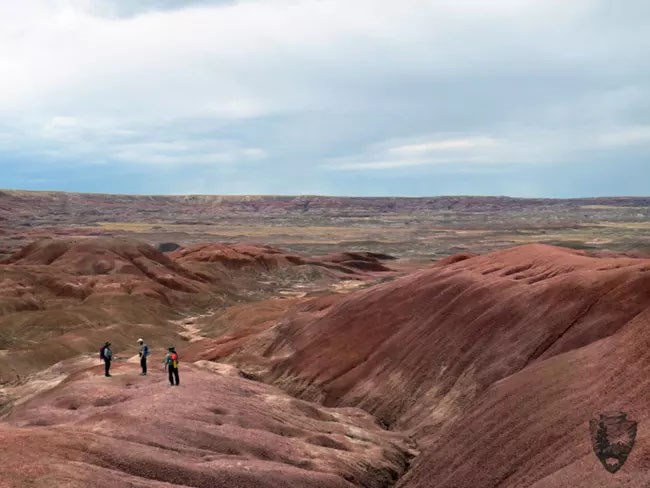Last updated: April 27, 2022
Article
2016 John L. Cotter Award for Excellence in NPS Archeology
The NPS has announced the winners of the 2016 John L. Cotter Award for Excellence in NPS Archeology. This award is presented to archeologists who excel in scientific archeological research, community involvement, and public education.
The winners are:
The winners are:
Stephen R. Potter (Professional Achievement Award)
Stephen Potter has served as the National Capital Region (NCR) Regional Archeologist for 36 years. He has been a tireless advocate for urban archeology and the use of emerging technologies to document and interpret NPS archeological sites. In the last 21 years and under Potter’s leadership, NCR has obligated over 4.2 million dollars to research-based cultural resource and archeological projects. He also is the editor of the Occasional Report series of the NCR Regional Archeology Program, which has published 20 volumes since 1985.Potter has worked to develop brochures, wayside signs, handbooks and activity booklets highlighting cultural resources throughout NCR. He has been involved with the NPS Urban Archeology Initiative, a youth-based diversity program designed to introduce students to history, archeology and science.
Potter has previously received the Appleman-Judd-Lewis Award and has been recognized by the National Geographic Society and the Archaeological Society of Virginia for innovative research projects.
Learn more about Dr. Potter's work in his webinar: The Past Beneath Our Feet.

William Reitze (Project Award)
From 2013-2015, Reitze developed and supervised an archeological survey project at Petrified Forest NP. During the project, survey crews walked over 1,000 miles and surveyed 7,000 acres. As a result, evidence of over 13,000 years of human history was discovered and recorded in the park. Reitze developed an archeological internship program for 16 students who were trained in pedestrian survey, site recordation, historic preservation, and artifact analysis. Local high school students were also trained in archeological site mapping and historic preservation techniques. The project incorporated graduate research by two MA students and two PhD students. To date, information gathered as part of the project has resulted in twenty-eight poster presentations and six professional papers.Learn more about the project in Reitze's webinar: The Petrified Forest Boundary Expansion Project.
